|
|
|
|
|
|
|
|
Photo Gallery for Farancia erytrogramma - Rainbow Snake
| 16 photos are shown. |
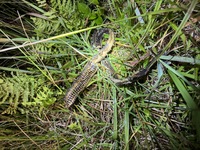 | Recorded by: Jackie Goodman
Currituck Co.
Comment: | 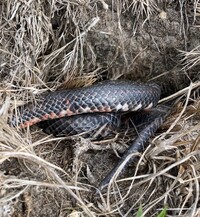 | Recorded by: Al Hooks and Jeff Lewis
Currituck Co.
Comment: |
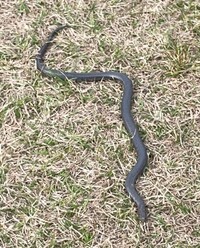 | Recorded by: Al Hooks and Jeff Lewis
Currituck Co.
Comment: | 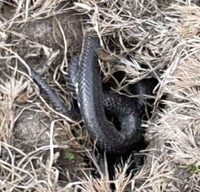 | Recorded by: Al Hooks and Jeff Lewis
Currituck Co.
Comment: |
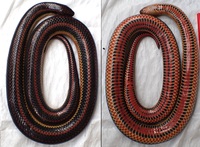 | Recorded by: Angie Shipp-Pennock
New Hanover Co.
Comment: | 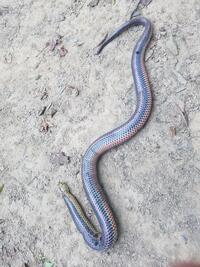 | Recorded by: W. Morris, E. Staib
Wayne Co.
Comment: |
 | Recorded by: B. Bockhahn, B. Herman, hundreds of kids
Robeson Co.
Comment: | 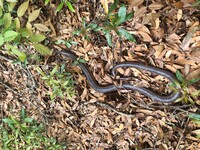 | Recorded by: D. Crilley, T. Walters
Robeson Co.
Comment: |
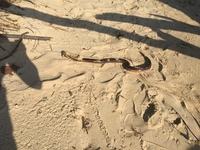 | Recorded by: C Rose
Beaufort Co.
Comment: |  | Recorded by: N. Crider
Beaufort Co.
Comment: |
 | Recorded by: j.wyche
Gates Co.
Comment: | 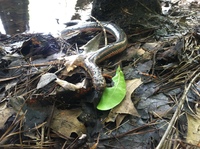 | Recorded by: Tommy Lynn Walters and John Privette
Robeson Co.
Comment: |
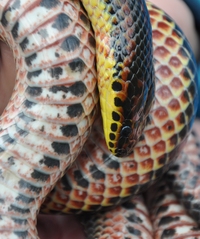 | Recorded by: K. Bischof, S. Becker
Beaufort Co.
Comment: | 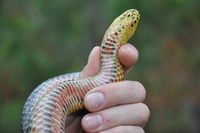 | Recorded by: K. Bischof, S. Becker
Beaufort Co.
Comment: |
 | Recorded by: Justin Miller and Tommy Lynn Walters
Robeson Co.
Comment: | 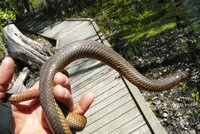 | Recorded by: FKW
Gates Co.
Comment: |
|

 »
» 


 »
» 
